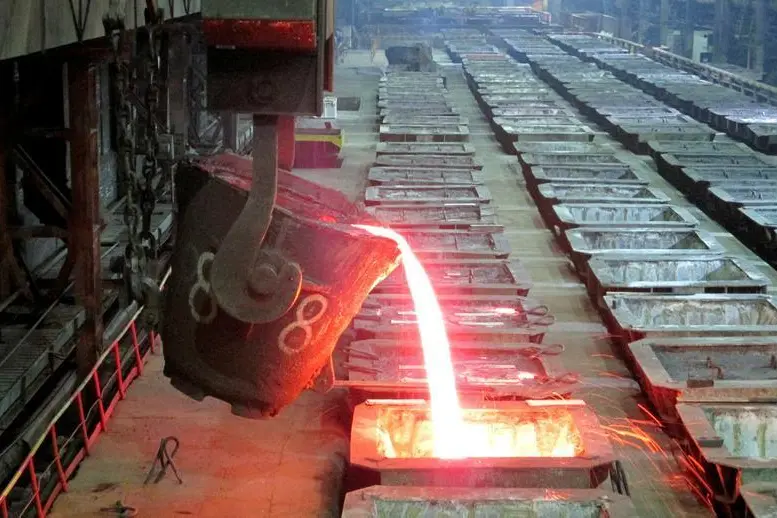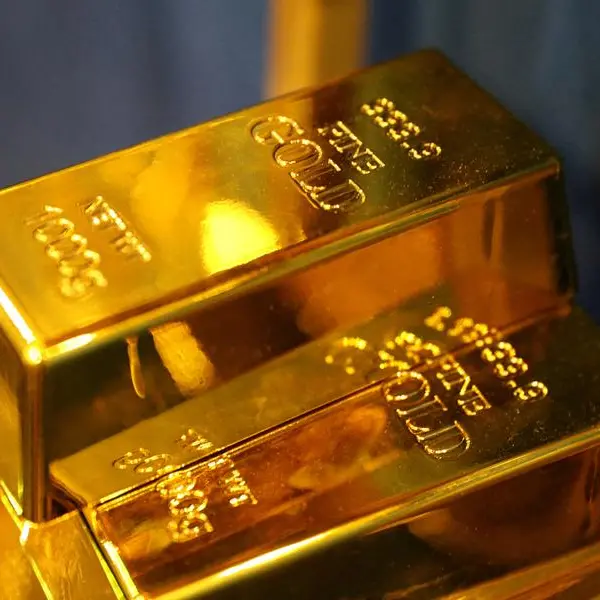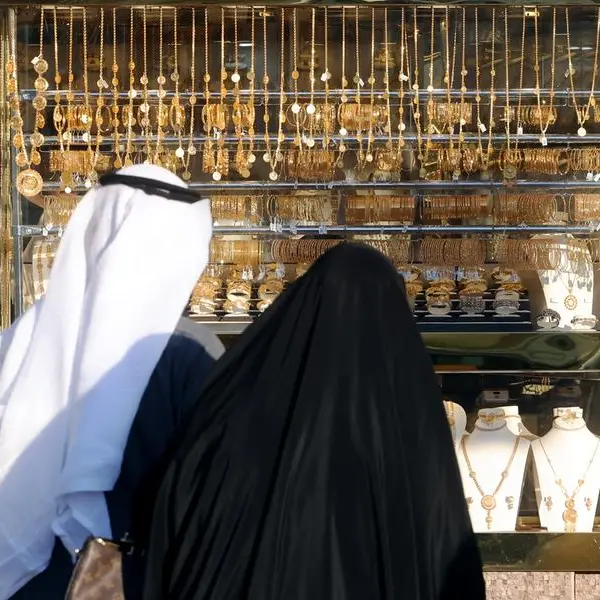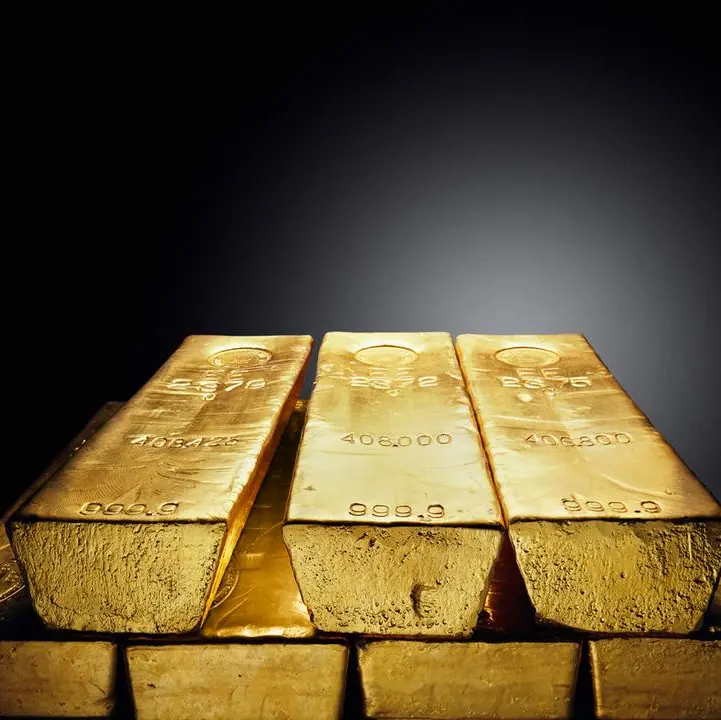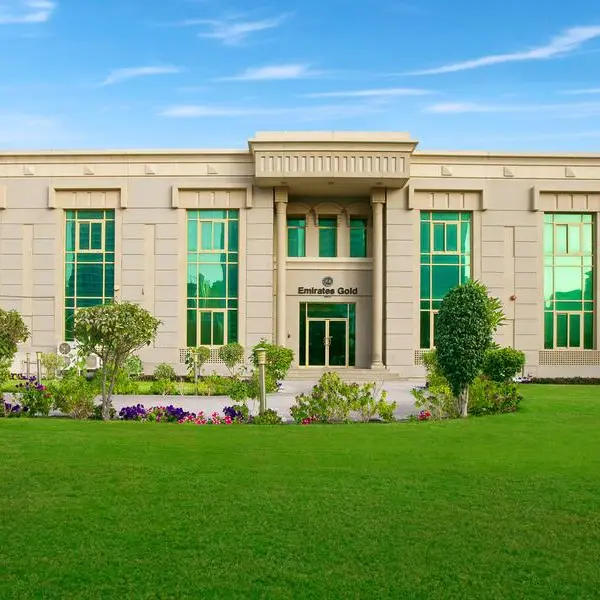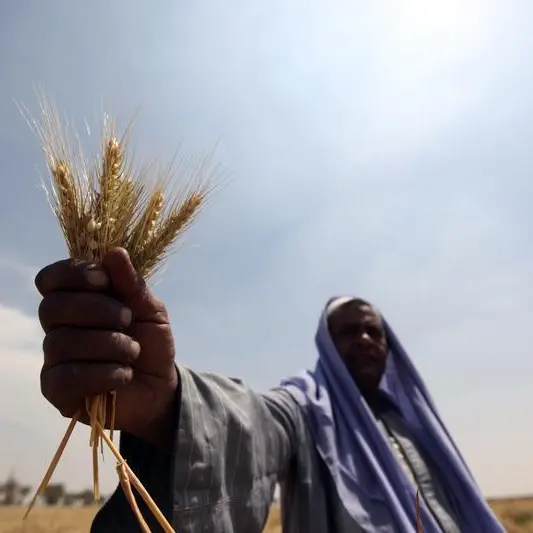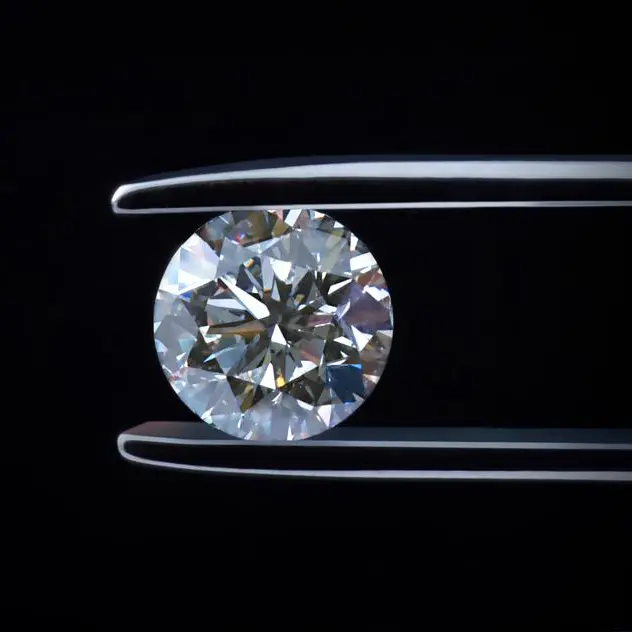PHOTO
LONDON - Substantial new nickel supplies from top producer Indonesia in years ahead will ensure prices don't return to levels that sparked chaotic trading in March, despite robust demand growth from stainless steel and electric vehicle battery makers.
However, prices now around $21,000 a tonne on the London Metal Exchange (LME), though down about 80% since hitting all-time highs in March, are still high enough to incentivise investment in new production capacity.
Nickel prices on the LME started their ascent in January as stocks in LME approved warehouses started to slide due to soaring demand from battery makers.
Most of the nickel in the LME system is in the form of briquette, easily crushed into small particles and dissolved in sulphuric acid to make nickel sulphate used for battery chemicals.
The momentum behind a disorderly price surge to a record above $100,000 a tonne in March was created by China's Tsingshan Holding Group and others having to buy back their short positions and shortages of nickel that are deliverable against LME contracts.
Prices have since retreated, partly due to receding fears of disruptions to supplies from Russia, which accounts for about 10% of global supplies estimated at around 3 million tonnes this year, and worries about slowing demand.
"The rise in Indonesian nickel supply is unrelenting with new announcements of capacity additions continuing to be made in the battery-related space," said Macquarie analyst Jim Lennon.
Lennon sees demand expanding 5.2% this year versus supply growth of 17.5% and forecasts nickel surpluses of 137,000 tonnes and 149,000 tonnes this year and next respectively.
"By 2025, Indonesia could reach 60% of global supply compared with 30% in 2020."
Announcements include Contemporary Amperex Technology (CATL) , which with two state-owned companies will jointly invest nearly $6 billion in nickel mining and processing, producing battery materials and making batteries.
Much of the nickel produced in Indonesia is nickel pig iron (NPI), which can be turned into matte that can be converted into metal or sulphate.
New high pressure acid leach (HPAL) plants producing nickel that can be used for battery chemicals are also a feature of Indonesian production.
"We have intermediates -- NPI to matte and HPAL to battery chemical -- routes," said Wood Mackenzie analyst Julian Kettle, adding that 300,000 tonnes of intermediate production had already started and that another 550,000 tonnes was under consideration.
Wood Mackenzie estimates the world will need an additional 1.65 million tonnes of nickel between 2026 to 2038, most of which is expected to come from Indonesia.
However, Kettle warned that ESG concerns -- deforestation and coal fired power -- about Indonesian nickel may make it challenging for supply to meet demand.
(Reporting by Pratima Desai; editing by Kirsten Donovan)
